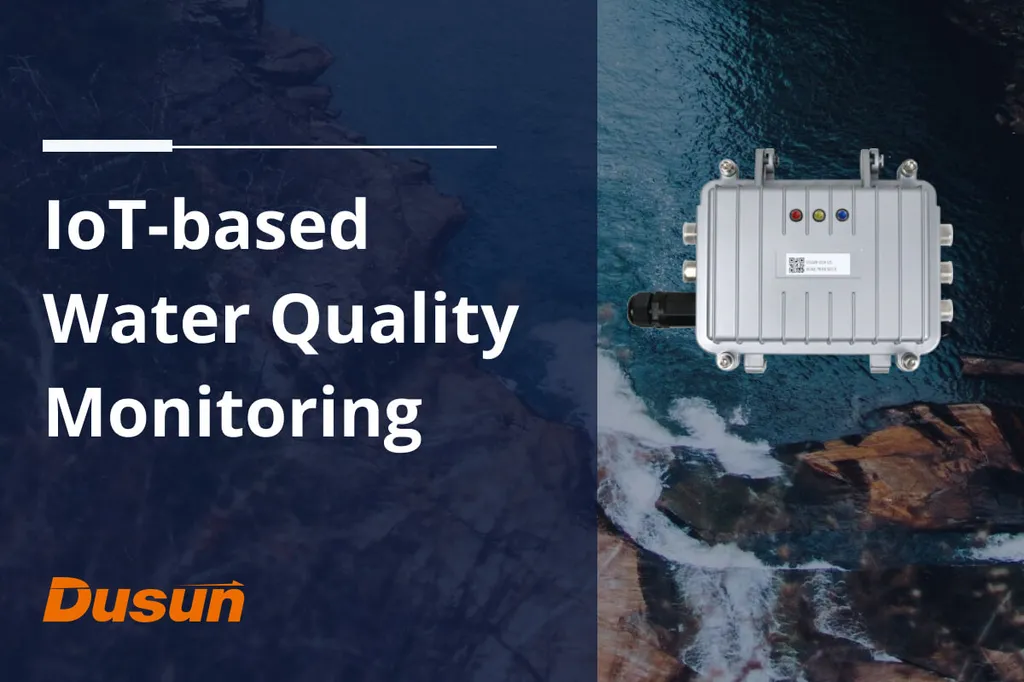In the quest to safeguard public health through improved water quality monitoring, a novel approach combining high-volume ultrafiltration and advanced microbial source tracking (MST) has emerged, offering promising advancements for the water, sanitation, and drainage industry. This innovative method, detailed in a recent study published in the journal ‘Frontiers in Water’ (which translates to ‘Frontiers in Water’ in English), could significantly enhance the detection of animal-derived microbial hazards in forested catchments, a critical area for water supply management.
The research, led by Fiona Lynch from the School of Public Health and Preventive Medicine at Monash University in Melbourne, Australia, addresses the limitations of traditional water monitoring programs. These programs often rely on low-volume grab sampling and standard filtration methods, which can be less representative, especially in protected source waters where pathogens are present in low concentrations and unevenly distributed.
“Traditional methods have served us well, but they have their limitations, particularly in detecting low concentrations of pathogens in large water bodies,” Lynch explained. “Our study demonstrates that high-volume ultrafiltration can enhance bacterial recovery, providing a more sensitive and comprehensive approach to water quality monitoring.”
The study employed the EasyElute ultrafiltration method to concentrate microbial content from source water samples, which were then analyzed using both traditional culture-based quantification of faecal indicator organisms (FIOs) and reference pathogens, as well as 16S rRNA amplicon-based MST. This integrated approach allowed for a more precise identification of faecal contamination sources and their associated risks.
One of the key findings was that while high-volume ultrafiltration improved bacterial recovery, turbidity posed operational challenges that could limit overall efficiency. Despite this, the comparative analysis showed that amplicon-based MST produced consistent faecal source attribution across both standard and ultrafiltration methods, with greater sensitivity at increasing volumes.
“This research advances our methodology by showcasing the feasibility and added sensitivity achievable through high-volume, concentrated sample collection,” Lynch noted. “It offers a practical approach for improving faecal source tracking and risk assessment, ultimately protecting public health in water supply catchments.”
The implications of this research extend beyond public health into the commercial sector, particularly for industries reliant on water quality, such as energy production. Water-intensive processes in energy generation, from cooling systems to hydraulic fracturing, require high-quality water sources. Enhanced monitoring and detection methods can ensure the reliability and safety of these water sources, mitigating risks and potentially reducing operational costs associated with water treatment and contamination management.
As the water industry continues to evolve, the integration of advanced technologies like high-volume ultrafiltration and amplicon-based MST could become standard practice. This shift could lead to more proactive and precise water quality management, benefiting not only public health but also industries that depend on clean and safe water sources.
In the broader context, this research highlights the importance of continuous innovation in water monitoring technologies. As Fiona Lynch and her team have shown, even small advancements in sample collection and analysis methods can yield significant improvements in our ability to detect and manage microbial hazards. This ongoing evolution in technology and methodology is crucial for adapting to the challenges posed by climate change, urbanization, and other environmental factors that impact water quality.
For professionals in the water, sanitation, and drainage industry, staying abreast of these technological advancements is essential. The integration of high-volume ultrafiltration and amplicon-based MST into routine monitoring practices could set a new standard for water quality assessment, ensuring safer water supplies and more efficient operations across various sectors. As the research community continues to explore and refine these methods, the future of water quality monitoring looks increasingly promising.

